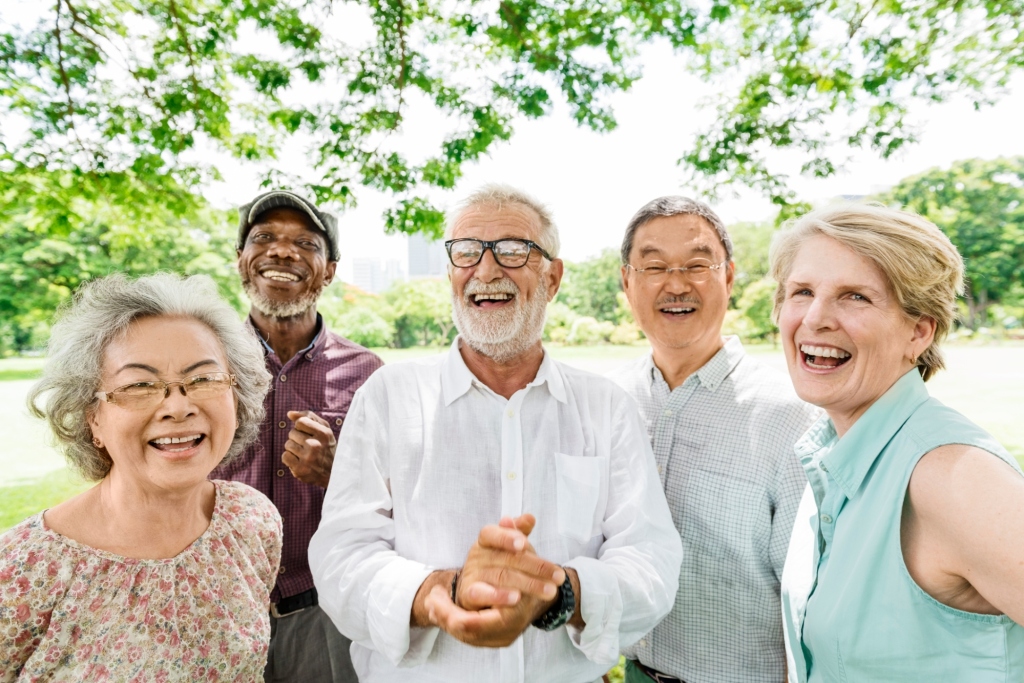Last week, we addressed part of A.B.’s question about downsizing and whether to relocate to a 55-plus retirement community or one that has no age restrictions. Several age-restricted communities were described. This week we’ll highlight ones that are age-diverse.
The LGBTQ community is a trendsetter in this regard. SAGE, an organization that supports the LGBTQ community, partnered with two affordable apartment buildings in New York City to build Stonewall House. It’s a 17-story building with 54 studio and 91 one-bedroom apartments with a roof deck, landscaped terrace, communal lounge and laundry room. It is considered an “LGBTQ + Age-Friendly Elder Housing” residence.
Co-housing is another example. Some are multigenerational although there are co-housing models for those age 55 and older. Originating in Denmark, they were designed to create what is considered an old-fashioned community with semi-communal living. It typically consists of a cluster of private homes and shared community spaces. Designed by future residents, the community is self-governed. In this model, communities often share activities such as dining and childcare, carpooling and exercise and often gather during the week to prepare and share meals with one another. An economic benefit is the sharing of resources. California has at least three: Mountain View, Pleasant Hill and Southside Park.
University-based retirement communities also are designed for multigenerational opportunities. They typically consist of upscale apartments that are on or adjacent to a college campus. Some have requirements as well as many opportunities. Lasell Village at Lasell University in Massachusetts is the first senior living community that requires residents to commit to the educational goals of 450 hours of learning annually, believing that learning is a way of being. Residents of Mirabella at Arizona State University receive student ID cards that allows them to audit classes and use the university library.
A unique example of an intentional multigenerational community is Bridge Meadows in Oregon. Founded in 2005, it combines former foster-care youth, adoptive families and older adults into an intergenerational community that creates a place of permanence and shared social purpose. Located in several Oregon cities, it is designed to encourage connection between the generations and consists of family townhomes that accommodate three to four children and elder apartments. It has received many awards and has been featured in PBS NewsHour and the Wall Street Journal acknowledging its economic model and its social benefits.
More of these communities are to be developed. In Santa Clara, civic leaders and developers are planning a place that combines contemporary urban living with Santa Clara’s agricultural past. It is called Agrihood. According to a July 22 story in the San Jose Spotlight, it will consist of 160 mixed-income apartments, 165 homes for low-income seniors and veterans and 36 townhomes with a 1.5-acre farm where residents can grow produce. Retail space is included.
Chip Conley, author of “Wisdom at Work: The Making of a Modern Elder” (Currency, 2018) and founder of the Modern Elder Academy is planning to replace the traditional retirement community with what he calls regenerative intergenerational communities. The first one will be located in Santa Fe with the intention of shifting the aspiration of leisure in retirement to one that cultivates purpose and connection. Conley intends to build a vibrant community that centers around a campus for midlife retreats and sabbaticals as well as housing opportunities.
Other considerations include climate and access to healthcare, family, friends, airports, religious institutions, cultural activities and more. Of course, affordability is key. Before making a decision, ask if you can spend a week or two at some of the communities to experience what life might be like for you.
So, what are the benefits? According to Paul Irving, Chairman of the Center for the Future of Aging, studies indicate such communities enhance a sense of purpose, health, positive attitudes and well-being as well as opportunities for continued learning.
An added note: one way to fight ageism is to create environments for older and younger generations to have shared positive experiences. If that were widespread, age discrimination might just disappear.
A.B., Thank you for your important question and enjoy that next chapter. In the meantime, stay well and be kind to yourself and others.
Helen Dennis is a nationally recognized leader on issues of aging, employment and the new retirement with academic, corporate and nonprofit experience. Contact Helen with your questions and comments at Helendenn@gmail.com. Visit Helen at HelenMdennis.com and follow her on facebook.com/SuccessfulagingCommunity

